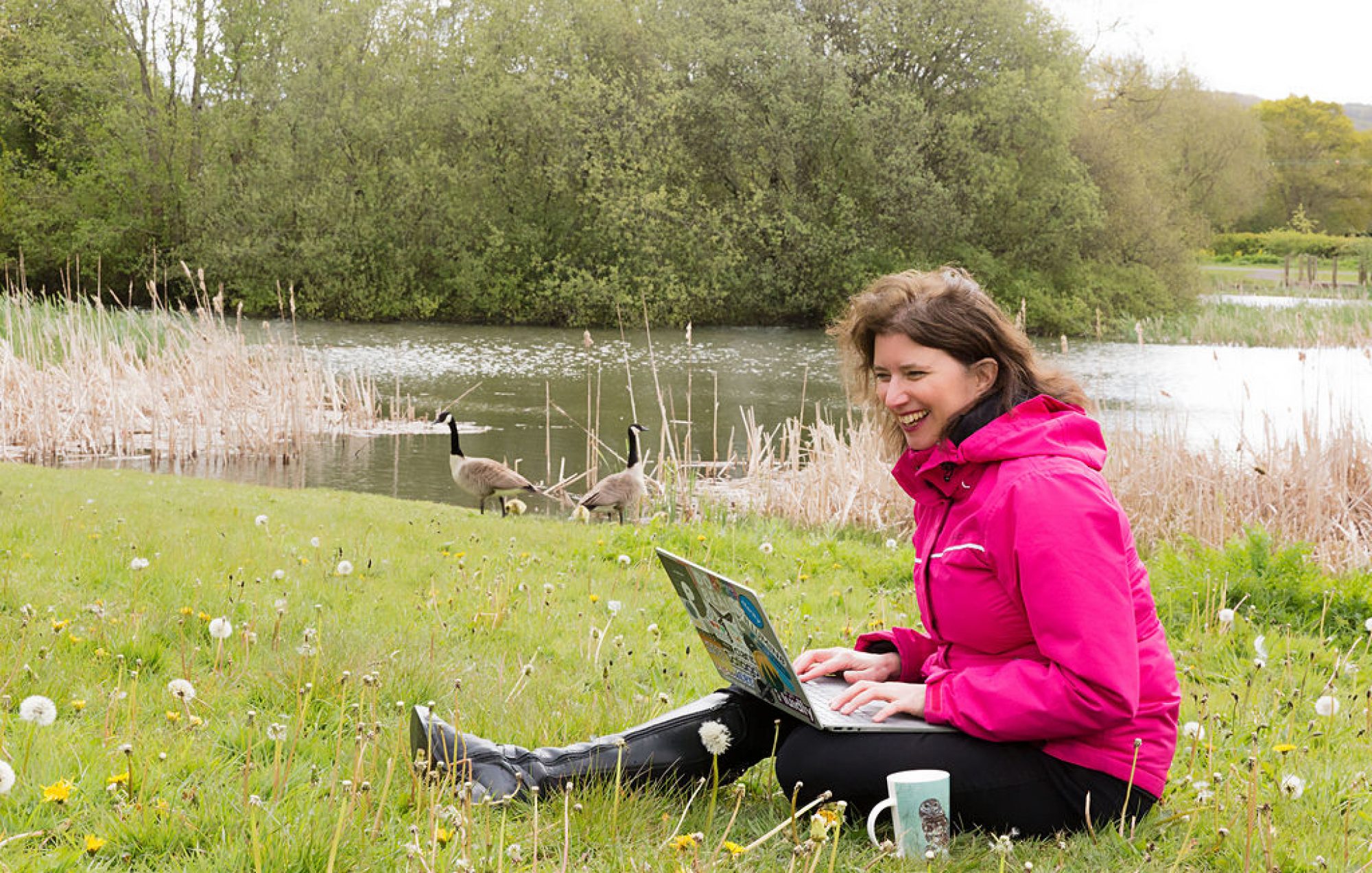I’m an athletics coach as well as a business coach. This means that I often get called in to make up the numbers for track and field events. I’m not very good at them but it’s easy to collect a lot of points by coming third of three in the less popular events. One of the events that I discovered in middle age was the 400m hurdles.
And, you guessed it, I have an analogy with business life.
400m hurdles may be a longer distance than 100m hurdles but there are the same number of barriers to cross. At the 100m start I can just see a row of obstacles and it is quite intimidating to stare at them while waiting for the gun. The 400m hurdles are spaced out so that I can only see one at a time and there is time between them to recover my stride before focussing on the next challenge.
For me, and for most of the accountants and business owners that I coach, the last 15 months have felt like a very long 100m hurdle event. Obstacles coming straight after each other with no opportunity to recover in between.
Now we’re heading back to a new normal which is more like the 400m event with time for recovery between each hurdle. It is up to us to make the most of the flat bits to recover and prepare as well as to move forwards, ever forwards.
Have you booked yourself a holiday yet?
Have you got your self a post-Covid plan? Can we help?
